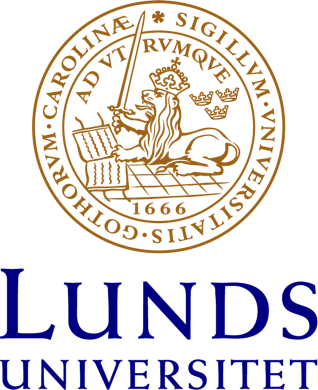Kadmium i skånska vattendrag : en metodstudie i föroreningsmodellering
Populärvetenskaplig sammanfattning: Kadmium är en tungmetall som liksom andra tungmetaller finns naturligt i miljön. Genom att människan finner användning för kadmium och använder sig av produkter som har kadmium som en förorening i sig kan större mängder ansamlas på ett ställe än vad som är naturligt. Kadmium kan man finna i bilar, båtar och andra maskiners metalldelar men också i avgaserna som sModelling of pollutants is commonly used in research and at departments working with environmental issues. The need to use large amounts of data when modelling creates the opportunity for more generalised models with lower data demands. Aggregating functions into coarser elements is a sort of generalisation of actual features in nature. A development of a method and a modelling tool called “Kadmiu
